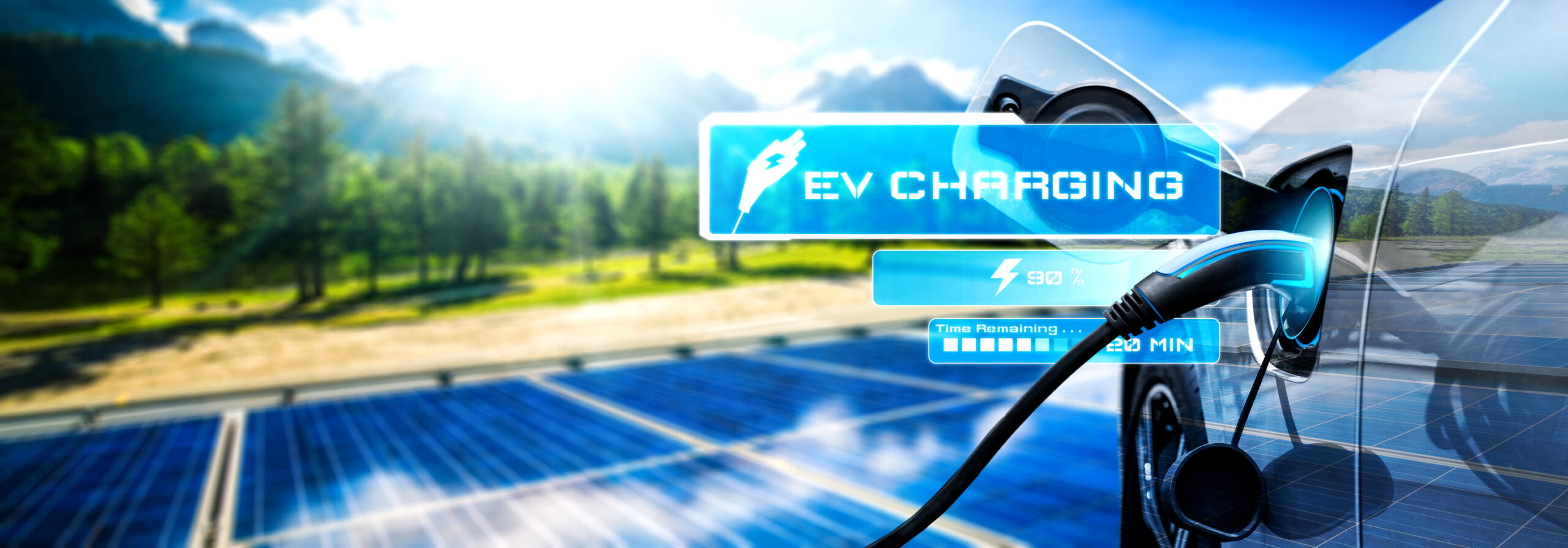NEO Battery Materials Ltd. (TSXV: NBM | OTCQB: NBMFF) (“NEO”) is advancing at full speed with their recent announcement that they have “completed a contract for the Commercial Plant’s construction, design, and permits with an architectural firm”. The plant will be located in Gyeonggi Province’s Oseong International Investment Zone in South Korea, near major battery manufacturers LG Energy Solution and Samsung SDI.
As a brief reminder for new investors, NEO has developed high-performance silicon anode materials to replace parts of the graphite used by anode and battery manufacturers in their battery anodes. Their leading product is NBMSiDE™, a silicon anode material for EV lithium-ion batteries. NBMSiDE™ is manufactured through the Company’s proprietary nanocoating technology, achieving a high specific capacity of >2,500 mAh/g. This essentially means the NEO silicon anode material helps improve the all-important battery energy holding capacity and ultimately the charging speed of the EV.
As NEO states: “Through a mix of treatments and nanocoating materials, NEO utilizes pure metallurgical-grade silicon particles, which provide a 40-70% higher initial specific energy or capacity compared to current competitors that employ SiOx, SiC, or other composite silicon materials.”
South Korea anode plant design progressing with an increased production target
Regarding the new anode materials plant, the final site approval has now been granted. Due to the land site being in a Foreign Investment Zone, NEO will receive a range of benefits including a 99% reduced lease rate and tax incentives. NEO may also access Provincial financial support for equipment purchases, employment subsidies, and education/training subsidies.
Additionally, NEO recently stated that the “Company will now advance to the detailed process design for the production lines and will proceed with early orders of components that have long lead times for the commercial plant. Through a structured execution plan of performing procurement and construction processes one after another, NEO expects to achieve the initial commission of the Commercial Plant by the first half of next year… We are currently working on pursuing strategic investments and communicating with the respective companies and investors to finance the construction of the commercial plant.”
In another very interesting development from NEO, the Company has increased their anode material production targets again. The original pilot plant capacity was 10 tons, which last year was increased 12 fold to a commercial scale of 120 tons pa. This was recently increased to 240 tons pa. Even more impressive is the longer term target of the full facility capacity after installing the maximum number of mass-production lines through expansion, of 2,000 tons of NBMSiDE™ anode material pa.
NEO has also been busy sending NBMSiDE™ product samples to several potential off-take companies for testing. If this stage goes well then usually off-take agreements follow, which then typically helps the project financing process.
“The first refined sample of NBMSiDE™ has been provided to a Europe-based battery materials company,” NEO recently stated, “and a second delivery is planned in April. NEO is additionally conducting sample tests with several Asia-based and European battery manufacturers.”
NEO has also recently internally developed NBMSiDE™ pouch-type full cells which have been manufactured to evaluate product performance, viability, and durability in genuine battery charging conditions.
In an April 5, 2022 news release NEO stated that: “NEO Battery Materials will commence construction in June 2022 and will follow stringent timelines and protocols to aim completion in June 2023.” I would assume this is subject to project financing.
Closing remarks
NEO is making great progress with their silicon-anode material commercialization plans, with the excellent advantage of locating their manufacturing facility in the Oseong International Investment Zone in South Korea.
Investors should understand that the next stages of product evaluation and testing, off-take deals, financing, and project construction all carry risks and the possibility of delay. Nonetheless, NEO is certainly making all the right moves and looks to be very well connected to the major Korean battery manufacturers.
NEO Battery Materials trades on a market cap of C$52 million.




Leave a Reply